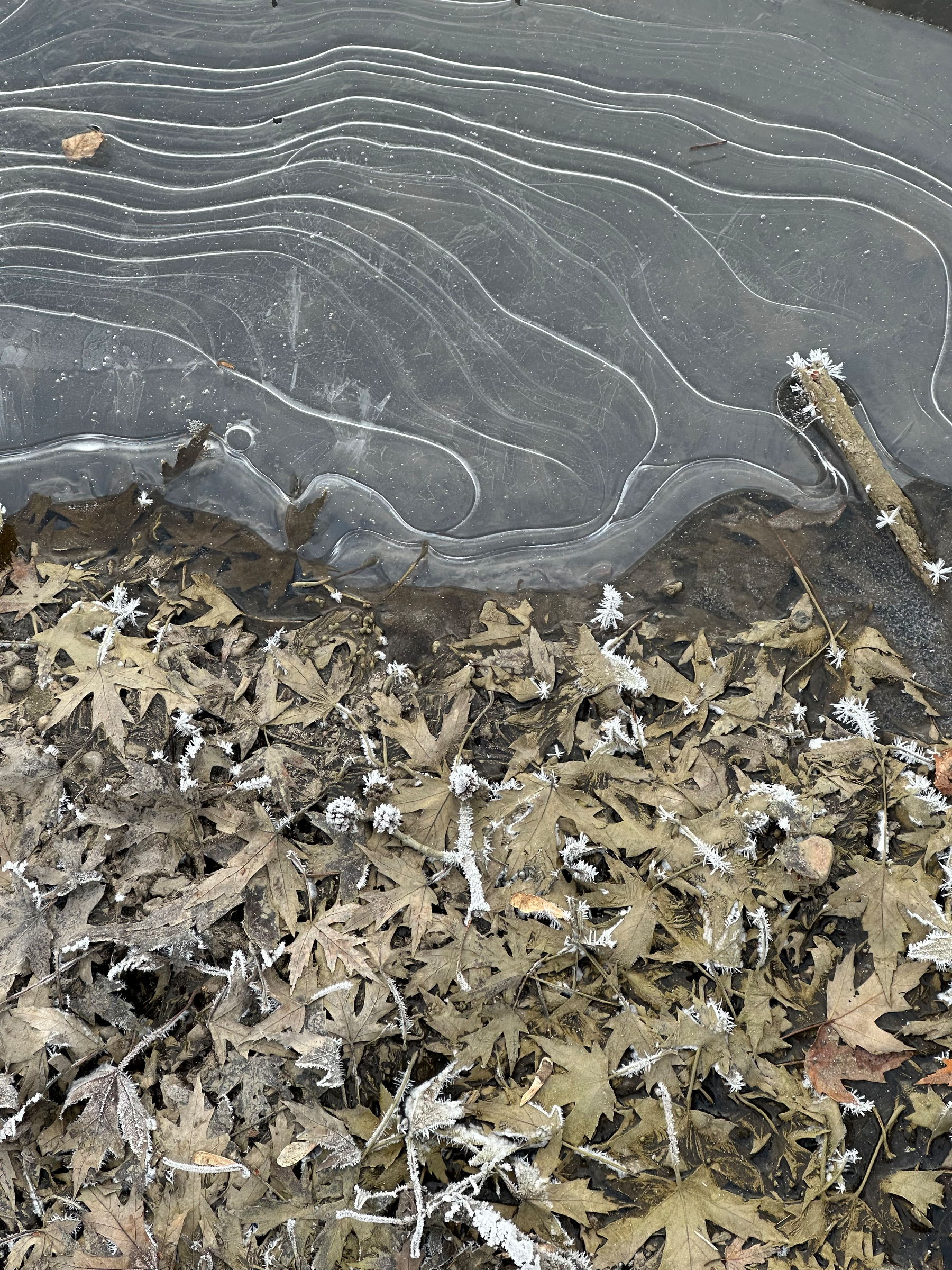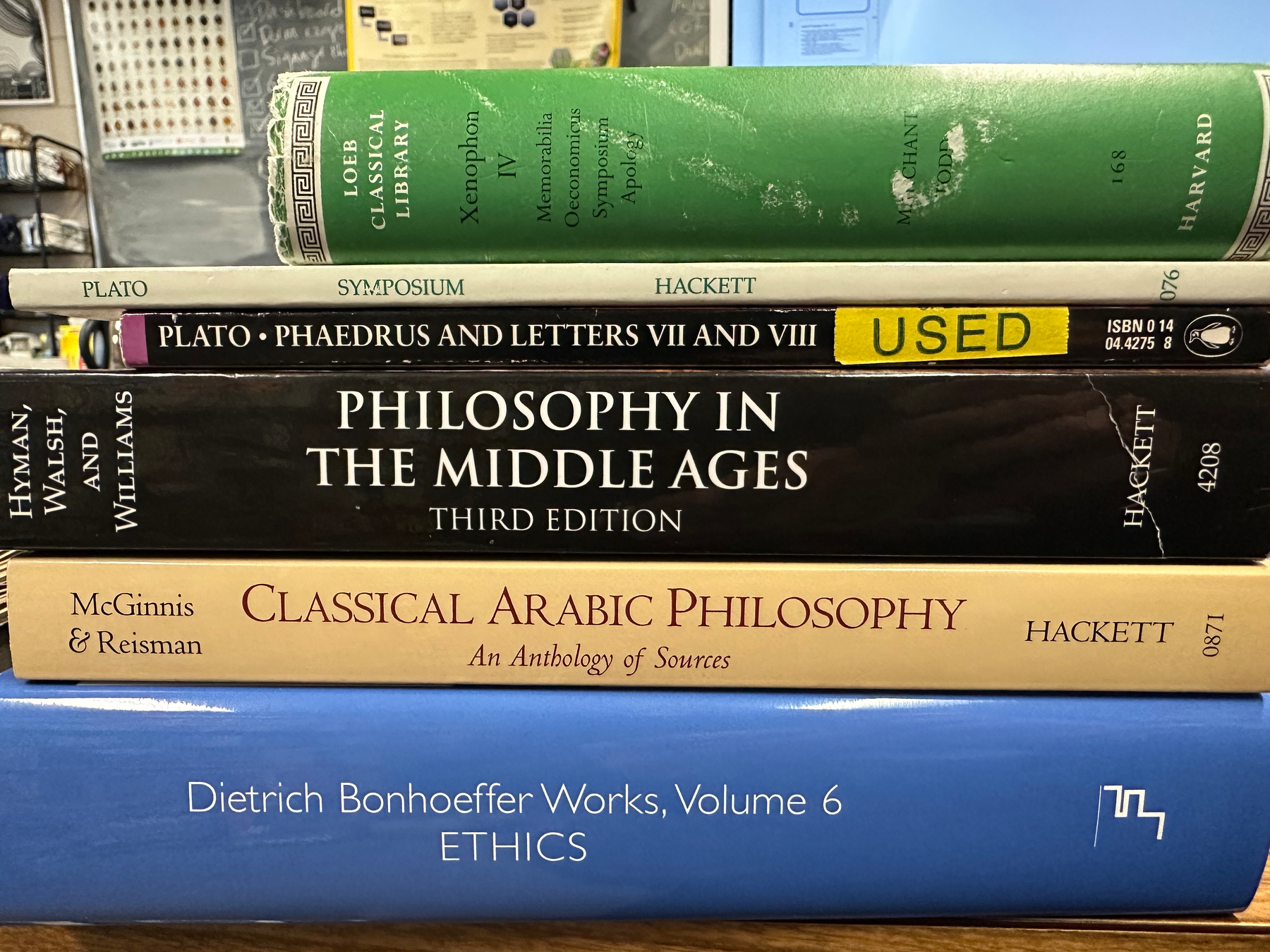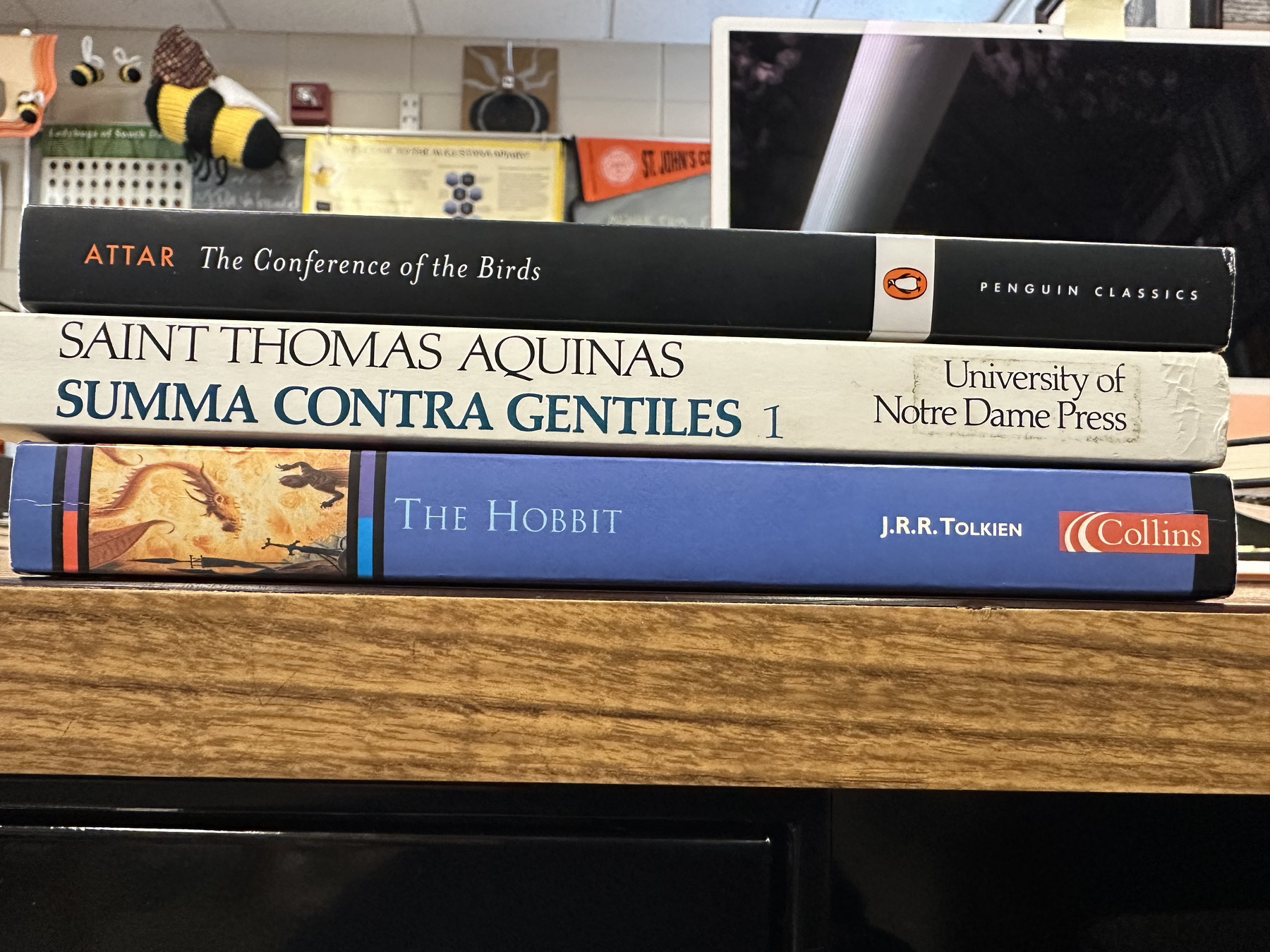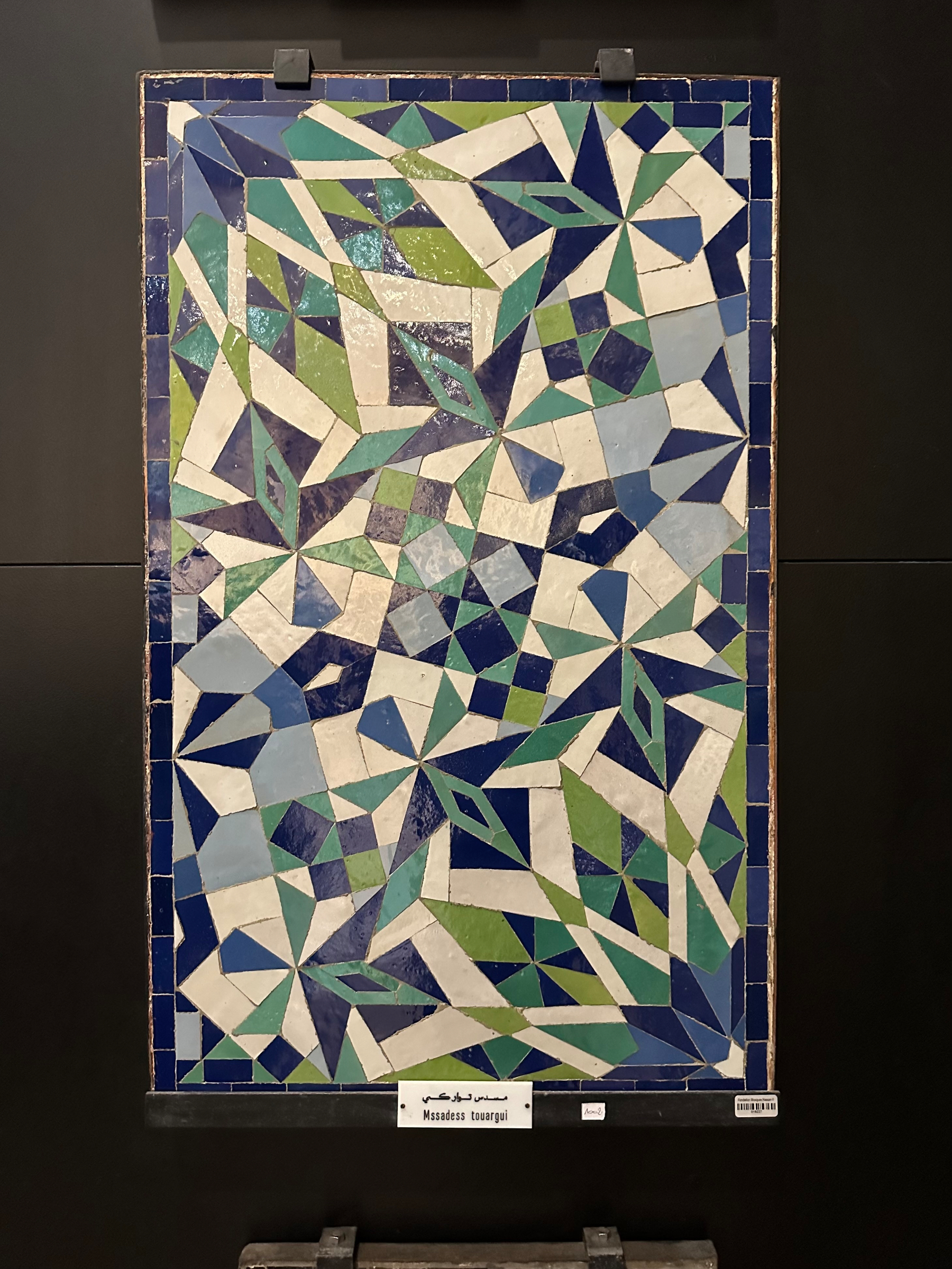Thucydides on Justice and War
“For ourselves, we shall not trouble you with specious pretenses—either of how we have a right to our empire because we overthrew the Mede, or are now attacking you because of wrong you have done us—and make a long speech which would not be believed; and in return we hope that you, instead of thinking to influence us by saying that you did not join the Spartans, although their colonists, or that you have done us no wrong, will aim at what is feasible, holding in view the real sentiments of us both; since you know as well as we do that right, as the world goes, is only in question between equals in power, while the strong do what they can and the weak suffer what they must.”
– The Athenians in the “Melian Dialogue” in Thucydides 5.89 (from Robert Strassler’s The Landmark Thucydides, an edition I highly recommend.)
Lots of ink has been spilled over this event and over this passage. That last line continues to hit hard:
“the strong do what they can and the weak suffer what they must”
The same idea has been repeated again and again. Thucydides knew it was important to write it down 25 centuries ago, as he knew that the Pelopponesian War was a war full of lessons. So he wrote its history as a ktema es aei, a heritage unto the ages.
And when we read it today, we are struck by the fact that a war that took place so long ago and (for most of us) so far away still sounds like it was full of very human words, and very human acts.
These words are on my mind today as my nation makes sundry choices about where and whether and how to become involved in conflicts around the world. Too often we say things like “the strong do what they can and the weak suffer what they must” because it makes a kind of sense.
The question is: does it make the best kind of sense, or merely a convenient and lesser kind?
“Observe your laws, through which especially you have become great.”
– Euryptolemus, in Xenophon’s Hellenika, 1.7.29
“Kallikratidas, annoyed by the delay and angered by his unsuccessful visits to Cyrus, said that the Greeks were most wretched, since they flattered barbarians for the sake of money.”
– Xenophon, Hellenika, 1.6.7
Scholarship and a Love of Nature
Reading Andrew Ziminski’s words about the Celts of Cornwall, Wales, and Ireland, and their “thin places” where monastic culture thrived and was “known for a religious ideal based around a life of poverty and simplicity, scholarship and a love of nature.” This sounds like my own life and values, and it makes me wonder how much of that I have inherited, passed down in unspoken ways from my Celtic family.
Reflecting on Values
This week I’m reading the final reflections for my intro to philosophy class. I asked students to reflect on their values, where they come from, and what values they hope to cultivate.
Most of my students are saying no one has ever asked them to consider their values before.
And most of them seem to appreciate the opportunity to do so.
Season

Plans
Today I resolve to be as ruthful, gruntled, and chalant as possible.
Possibly also kempt and shevelled, but don’t hold your breath on those. I’m rating those as highly unlikely.
Being plussed is an aspiration. Obviously the dual (and contradictory) meanings of “nonplussed” could work to my advantage here.
Eptitude is (at best) an aspiration, but likely beyond my reach. Probably depends on how defatigable I am today.
“The story, not information, is what we inhabit.”
Alison Hawthorne Deming, Writing the Sacred Into the Real
Own Your Attention
“Experts are trying to commodify your attention. Sketching is a revolutionary act [of owning your own attention].”
– John Muir Laws, at a nature journaling class I took with him this summer
Image: a page from my sketchbook this summer while I was in Oslo. IOW, an image of me owning my own attention.

“What Doesn’t Feel Tame?”
I told a friend about a potentially career-boosting move I’ve recently made. Since it would change my work but still remain tightly within the structures of the academy, I added that it felt both exciting and tame.
To which he replied: “What doesn’t feel tame?”
Those of us who know him know this is not a rhetorical question for him, but an invitation to think bigger.
So I did. I wrote his question at the top of the page in my journal, uncapped my pen, and let it slide over the page.
Very quickly, a dozen big ideas flowed out.
These are all ideas I’ve been thinking about for a long time.
And they’re all big ones that would involve a bigger risk on my part.
And they’d all require commitment, time, and money.
As for commitment, my heart’s already in these things. My big ideas are about education, conservation, innovation, and serving my community in a way that could scale up and serve many other communities as well. That’s easy.
Finding time would mean leaving my current job (or scaling it back a lot) for most of these. I love teaching, and I love being part of a university, so this is scary. At the same time, higher education is going through the wringer right now, so everything is a bit scary, especially for those of us in the humanities. We believe our disciplines are important; people who have to balance budgets look at getting rid of our departments as easy cost savings.
The money part is perhaps the biggest risk. Despite the rumors that philosophy professors are overpaid, I’m here to assure you that is not the case, at least not for me.
But I’ve got to admit that the dreaming awakens the adventurous side of me.
Prairie Sages
About ten years ago my wife and I, with the help of a few anonymous colleagues, started an endowment at our university for Native American students. We already had a small endowment to help Native American nursing students.
I wanted one that would help those students who would become storytellers: historians, educators, artists, journalists, pastors, theologians, philosophers—and perhaps most importantly, lawyers.
Tribal elders have told me that one of the big challenges if you live on one of the reservations in South Dakota is that it’s easy to lose land and businesses, hard to pass them on to the next generation. Lawyers who know these things—and who graduate without debt so they don’t have to charge extreme fees—can make a huge difference.
Thanksgiving Day seems as good a day as any to invite you to join me in giving to my students. If you like, www.givecampus.com/campaigns… and then you’ll have to “Select a Designation,” then select “Other,” and then type in “Prairie Sage Endowment.”
I know, it’s clunky. I have no control over that website. But I have some control over my money, my time, and my knowledge, and I gladly give them to my students as I can.
I’m happy to report that each year one or two students (mostly from regional tribal nations) are getting half their tuition paid this way.
I’d love to do more, but big things often start small.
Join me if you can.
(Photo: one of the liatris species native to this part of the prairie. It’s not sage, but I like the way it rises up quietly and delicately, offering beautiful blossoms to the local pollinators, and then sending its seeds into the wind. It’s a perennial, and it will bloom again next year, surrounded by other grasses and forbs with which it shares the space. I took the photo last summer while on a run along the trails at Good Earth State Park, which is in a place where there used to be huge seasonal gatherings of the indigenous peoples of this region. It was like a seasonal city, with thousands of people gathering for a while before moving on. The parks on both sides of the Big Sioux River have some stones and some land art that still tell stories about the gatherings of people who came here perhaps for many centuries.)

Woke up to WhatsApp voicemail from the mother of one of my students. She lives in a small country on the other side of the planet. Wanted to thank me for caring for her daughter, who is my advisee. How to tell her I only wish I could do more to ensure her child’s future?
This semester I’ve had more students talking about how important their faith is to them than I recall hearing in several decades.
The Sound of Philosophy
Last summer Travis Entenman and Lori Walsh interviewed me for their “Rivers and Rangelands” podcast.
They gave me a challenge: find a soundscape that matches the topic of our conversation.
So that’s what I did. Here’s a link to the podcast, or you can find it in all the usual places.
The location will remain a secret, but if you listen to the end of the podcast we sit without speaking for five minutes (really!) so you can hear where we are.
Academic philosophy can be drily heard in lecture halls and at conferences. But sometimes philosophy sounds like birdsong in a prairie riverbottom, with the wind brushing the tops of the cottonwoods.
Enjoy!

Buy My Books, Please
In an act of shameless self-promotion I’ll let you know that if you want to read my best nature writing (so far) my publisher has it on sale until November 30th. Half price and free shipping with the code CONFSHIP (they set that up for some recent academic conferences because we academics buy a lot of books and cannot resist a sale.)
Obviously this makes a great holiday gift for your friends and family. It also encourages the author to keep writing!
Here it is, my book on brook trout, fly-fishing, and conservation: It’s called Downstream, because we all live downstream.
Here, as a freebie, is a photo of a little brook trout I snapped underwater in Vermont two summers ago.
For all my life I have loved rivers and streams. I tromped in them as a boy, flipping over rocks, diving into deep pools, and searching for the delights that clean water carries downstream. For the last twenty years I’ve made research trips and taught classes alongside rivers and lakes and in the ocean, from my native Appalachians to North Africa, Arctic Alaska, and Central and South America. Everywhere I go I ask questions about the fish that live in the water, and all the multitude of lives that are intimately connected to them.
I’ve published several books but this one is probably my favorite. I’ve got another in the works right now that will appear in print next spring, on philosophy and camping. I’ve got some sketches and drafts of a half dozen other books as well. It’s fun to write them and even more fun to see them in print.
I hope you enjoy this book while I work on the next ones!

How To Live Well
Students in my “How To Live Well” class have been presenting their reflections to one another and it has been a wonderful experience for me as a teacher.
Together we read all of Plato’s Republic and Augustine’s Confessions slowly, with lots of conversation and writing reflections.
Now they’ve all written their final reflections and then giving a report on them to their classmates.
They’re telling the stories of their lives so far, and also telling the hopes they have for the years ahead. And then they’re giving each other kind and helpful questions and affirmations.
I think they’re discovering, in various ways, that they’re not alone in feeling as they do about life’s uncertainties. Many of them have come to embrace religious faith in recent years, and are exploring what that means for them as adults.
All semester I’ve wondered: why do they keep coming to class? I’ve had amazing attendance in that class. I don’t give quizzes, the homework is fairly minimal (read the book, come to class to discuss it, write reflections). And the exams are discussions.
My hunch is that they are glad not to have busywork, they’re glad to read a couple of great books closely, and they’re glad to have a chance to slow down and take their own lives seriously. A few have hinted at these things in their reports, anyway.
What I know: I take the students–and their lives–seriously. And I’m glad to see them coming to class, reading these books, and discussing big ideas that might help them to live well with others.
Today's Shelfies
Today’s shelfies. Fewer conversations with students, deeper reading.
Good books make good company and good conversation.


Tessellation
Casablanca

Looking up

Academy, Business, Charity, Mission
It was a college class on religion that taught me about the history of academia in the United States. Prof. Ferm walked us through why schools like Harvard, Yale, Princeton, and Dartmouth were founded, and what decisions they made as they grew.
Over my lifetime those lessons have come back to me often as I’ve considered the life cycles of other institutions of higher education. One of the big themes: many schools begin with a lofty vision of being a community, a “city on a hill,” an institution with a mission to serve the people of the region, a commitment to a creed and its advancement, etc.
And then, over time, they decide that the way to achieve longevity as institutions is to think of themselves as businesses. Which so often leads them to an awkward attempt to marry a business mindset with an eleemosynary or non-profit vision. And failing at both.
To be good at a business requires a sense of distinctiveness, a business proposition that makes one’s product the right choice. But when schools depend on similar sources of funding, accreditation, and assessment, the pressure to conform to competitors outweighs the drive to distinctiveness.
To be good at being a community built on a mission requires the community to be ever mindful of that mission, and to let it guide (at least at the macro level, if not at the micro level as well) major decisions. Fidelity to that mission might even run counter to balancing the books in the short term. It might require teaching donors why the mission matters rather than conforming the mission to the mission of donors. It might even mean telling accreditors what their standards are too low.
This is not an easy path to chart. A few schools divorce themselves from federal funding, but then find themselves in need of the funding of a few wealthy donors with their own missions. Some stick to their mission and find themselves living lives of poverty in order to keep the doors open. A rare few manage to continue to tell their own story to donors, and count on the alumni to believe strongly enough in what they experienced and gained to continue to fund it for those who come after.
I wish I had wisdom to say what a school should do. Instead I have charity enough to pray for those who must decide, and for those who will go through the education they provide, for those who might fund education through various means, and for those who will live with the consequences. Kyrie eleison.